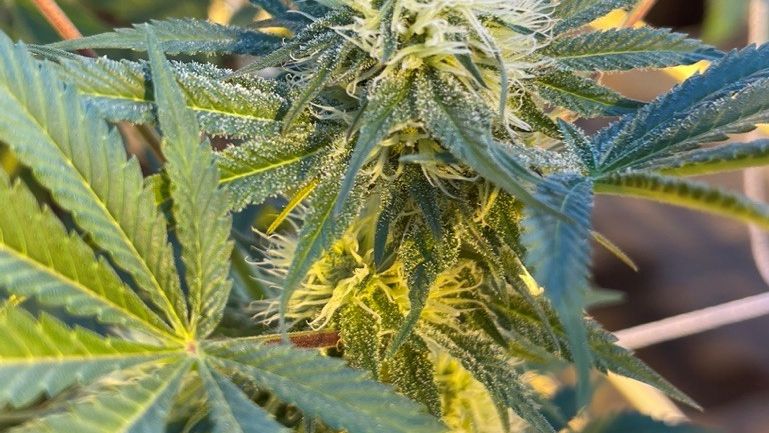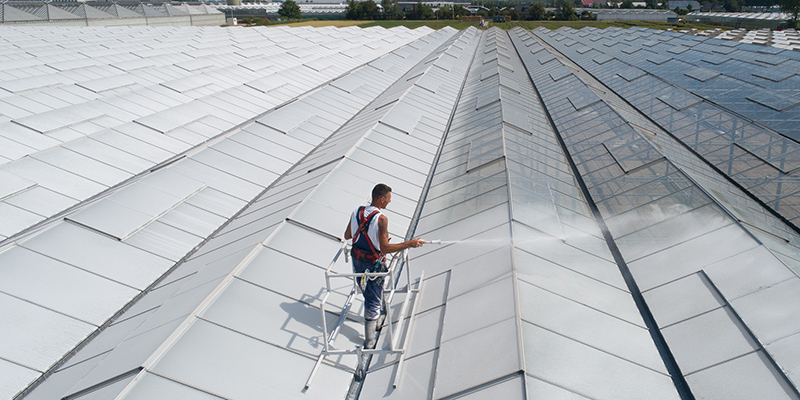Simplify Your Life Through Strategic Cannabis Cultivar Selection
 Growing multiple cannabis varieties in a commercial setting seems like a good idea. The more, the better, right? Not exactly. Managing several dozen varieties—or cultivars—on a commercial scale can be incredibly challenging. Even with ornamental and edible greenhouse crops, it’s unlikely to find a grower cultivating 30 poinsettia varieties or dozens of different on-the-vine hydroponic tomatoes.
Growing multiple cannabis varieties in a commercial setting seems like a good idea. The more, the better, right? Not exactly. Managing several dozen varieties—or cultivars—on a commercial scale can be incredibly challenging. Even with ornamental and edible greenhouse crops, it’s unlikely to find a grower cultivating 30 poinsettia varieties or dozens of different on-the-vine hydroponic tomatoes.
Instead, most cultivation businesses concentrate on a few top performers that wow customers and lend themselves well to commercial-scale production. New cannabis operators looking to succeed in the industry would do well to emulate this philosophy.
Offering lots of variety in a retail dispensary is great, but growing oodles of different cultivars at one facility can get tricky. Here’s why:
Stellar Cultivars Get Compromised
Loading up a flowering room or greenhouse bay with multiple cultivars can hamper a grower’s ability to accommodate the preferences of each one. Optimal light, EC, and humidity levels can vary week to week for different cultivars, so growers may be forced to strike a balance that won’t maximize each variety’s potential.
Harvesting Is Less Efficient
Perpetual harvest programs rely on precise timing. Often, growers have less than 24 hours to empty and sanitize a grow room before repopulating it with new plants. Timing the perfect moment to harvest can be challenging with lots of cultivars in the same room. Inevitably, plants are harvested too early or too late, or if the grower chooses to harvest as each cultivar is ready, they end up with grow rooms that aren’t at full capacity.
Automation Is Difficult
Automation is less feasible when there are many different cultivars in one room. Automation depends on performing the same activity in the same way for all plants in a growing area. With more variety, there are more differences in irrigation volume and frequency, fertilizer strength, and transplanting times. Even non-automated tasks—such as pinching, pruning, and de-leafing—may need to be performed multiple times in the same room to accommodate the right timing for each cultivar.
Headaches for Start-ups
New cultivation businesses are especially susceptible to the quandary of too many genetics. Launching a start-up in a new facility with new growers is challenging enough, and adding too many new cultivars is just asking for trouble. It’s common for new companies to overcomplicate their launch with too many varieties.
Increased Risk of Pathogen Spread
Cultivars that aren’t in full production but are held onto “just in case” can put the rest of the facility at risk. Stock plants that aren’t frequently propagated usually don’t receive the attention they deserve. They’re often stuffed into the back of the mom room or the corner of a greenhouse. Neglected plants are more susceptible to insect and disease infestations, and once these pathogens find a home, old or unused stock plants can act as an epicenter for pathogen spread throughout a facility.
So, how many is too many? There is no universally correct answer, but 10 cultivars is an excellent place to start. If you think your team might have gone overboard with too many varieties, consider these tips to help simplify your cultivar selection:
- Give the people what they want
Start by ensuring that you’re growing cultivars with characteristics that appeal to most cannabis consumers. This usually falls into four broad categories:
- High THC
- Low THC
- High CBD, no THC
- 1:1 ratio CBD to THC
Once you have these covered, add more cultivars with characteristics likely to be in continued demand, specifically, high-THC varieties. Beyond the major cannabinoids, ensure that all varieties offer consumers a unique, rich mix of terpenes.
- Limit the number of cultivars per room
Growing only one cultivar per room would be ideal, but this isn’t always feasible. At least try to organize grow rooms with cultivars that finish flowering within a few days of one another. Once a cultivar is determined to be ready to harvest, there’s a window of about five days before it risks becoming overripe. Grouping eight and nine-week varieties together in the same room may seem like a good idea, but harvesting at the start of eight weeks (50 days) or the end of nine weeks (63 days) can mean a world of difference.
- Organize by growth habit
Group cultivars together with similar growing characteristics. Growing short, stout plants will be more efficient if they’re not mixed with tall, lanky varieties. The more uniform the room, the easier it will be to automate and schedule work activities.
- Bank out-of-production cultivars in a tissue culture lab
If a cultivar isn’t actively being propagated but is still deemed a “keeper,” let someone else keep it. Preferably a tissue culture lab. These companies have sophisticated methods of storing genetics that require almost no space at all, such as synthetic seed encapsulation. This technology encapsulates tissue used for plant propagation and holds it in a protective coating.
If your cultivation program is struggling to stay above water, review the varieties in production. If there are more than ten, it’s likely time to scale back and focus on the consistent winners.
Want more tips for cannabis cultivation success? Join me on June 14, 2022, at 11:00 a.m. Eastern as I share business tips for launching a new cannabis cultivation venture during an online workshop, “Recipe for Success: 11 Ingredients for a Great Cannabis Cultivation Start-up.”
In this 90-minute interactive webinar, I will share insights on buying vs. building your production site, advice for selecting genetics, and tips for establishing a lean cultivation team. I’ll also show listeners how to calculate yield estimates and determine timelines for new production sites.
Click here to register.









